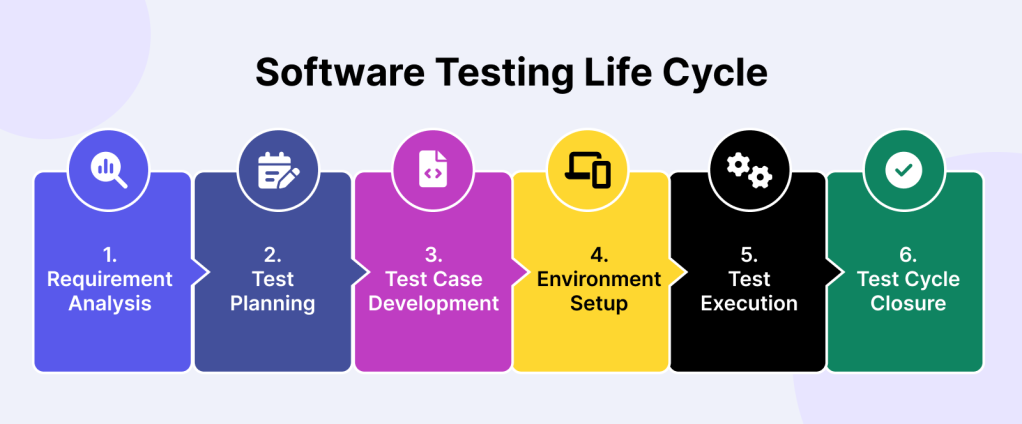In the ever-evolving landscape of software development, the pursuit of excellence in quality and performance is a constant endeavor. Central to this pursuit is test management, a fundamental process that ensures the effectiveness, reliability, and user satisfaction of software products. This comprehensive guide delves into the intricacies of test management, providing an in-depth exploration of software testing, the significance of test cases and plans, the role of test automation, and the distinctions between manual and automated testing.
What is Software Testing?
Software testing is a systematic evaluation process that involves examining software applications to identify defects, verify functionality, and validate adherence to specified requirements. It encompasses a range of testing types, including functional, performance, security, and usability testing, ensuring the software’s integrity and readiness for deployment. Testing methodologies such as black-box, white-box, and gray-box testing are employed to meticulously scrutinize different aspects of the software.

What is a Test Case?
A test case serves as a detailed script or scenario that outlines the conditions, inputs, expected outcomes, and execution steps for evaluating specific aspects of a software application. These meticulously crafted test cases not only ensure comprehensive testing coverage but also provide a clear roadmap for testers to verify the accuracy and robustness of the software.
What is a Test Plan?
A test plan is a comprehensive strategic document that serves as a guiding framework for the testing process. It outlines the testing scope, objectives, methodologies, resources, schedule, and risks. A well-structured test plan facilitates effective coordination among testing teams, stakeholders, and developers, ensuring that all aspects of testing are meticulously addressed.
What is Test Automation?
Test automation involves the utilization of specialized tools, frameworks, and scripts to automate the execution of predefined test cases. Automated testing streamlines the testing process by reducing manual effort, increasing the frequency of test execution, and enhancing the accuracy and efficiency of tests. Automated tests are especially valuable for repetitive tasks, large-scale regression testing, and scenarios that demand precise and consistent execution.
Difference between Manual Testing and Automation Testing:
Manual Testing:
- Manual testing involves human testers conducting tests without the assistance of automation tools.
- It is effective for exploratory testing, where testers delve into the software to uncover hidden defects.
- Manual testing is particularly suitable for scenarios with rapidly changing requirements or user interfaces.
- Human intuition, creativity, and adaptability are crucial in manual testing to identify subtle issues that automated tests might miss.
Automation Testing:
- Automation testing employs specialized tools and scripts to execute tests.
- It is ideal for repetitive tests, regression testing, load testing, and performance testing.
- Automation requires an initial investment in developing scripts, frameworks, and maintaining infrastructure.
- Automation testing enhances the efficiency of testing processes, accelerates test execution, and provides consistent results.
In conclusion, effective test management is indispensable for delivering high-quality software products. Understanding the intricacies of software testing, the meticulousness of test cases and plans, the efficiency of test automation, and the differences between manual and automated testing empowers organizations to ensure their software meets the highest standards of functionality, reliability, and user satisfaction.


Leave a comment